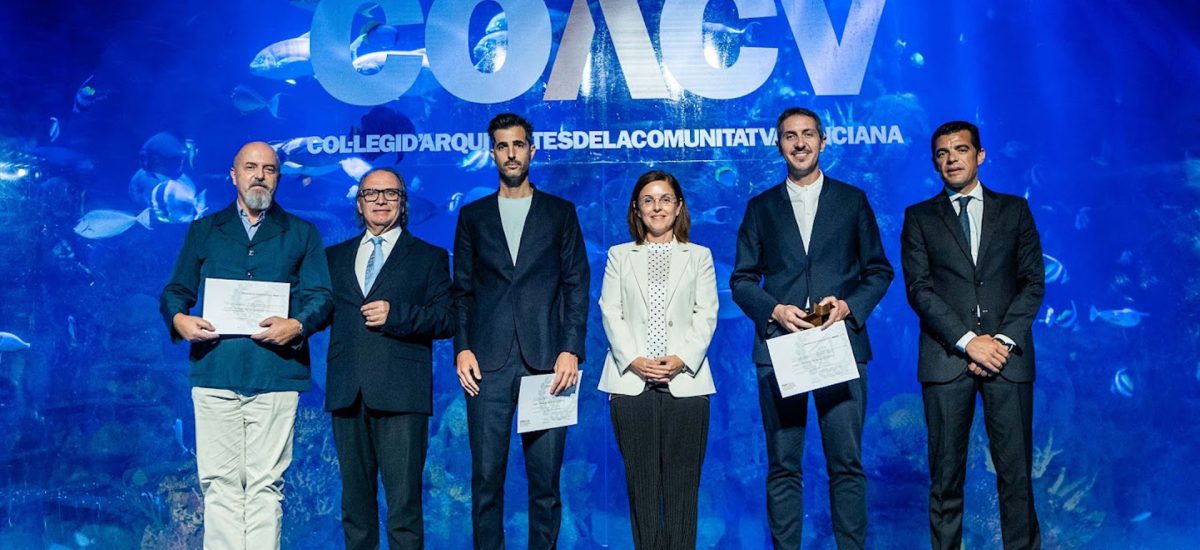The jury of the awards of the Official College of Architects of the Valencian Community (COACV) has distinguished the cultural Section of the Catalogue of Cortes de Arenoso, written by a multidisciplinary team led by Víctor García Gil (urban planning director of AUG-ARQUITECTOS SLP with a mention, in the Urban Planning Section. The jury has valued “the procedure and the complicity of the author with the different levels of the Administration involved in the drafting of the Plan, which has allowed a very agile processing of the same, with times that “They are not common.”
The Cultural Section of the Catalogue of Protections of Cortes de Arenoso (Castellón) is a review and adaptation to current legislation on the protection of heritage, urban planning and landscape, of an analogous document written 25 years ago by the same architect who directed the editorial team author of the new section. Reviewing and completing a work done several decades ago represents the opportunity to look back from maturity and with a much broader and more complex vision. It also means renewing trust with the municipal corporation of a small municipality that entrusted our team with its general plan and various planning instruments.
Cortes de Arenoso, isolated and lost in an environment of singular beauty, has witnessed the abandonment of a centuries-old way of occupying the territory based on the use of its own resources and materials that have allowed human beings to protect themselves from the inclemencies of the weather. time, cultivate the land and develop in a completely sustainable way. The integration of architecture in this environment is expressed with simple and forceful forms, blended with the landscape until becoming an indissoluble part of it. The territory studied includes an area of 80.59 km² in which only 293 people live, which represents one of the lowest population densities in the Valencian Community and in all of Europe. A century ago the population was 1,526 inhabitants, divided into two main population centers and a multitude of farmhouses.
The municipality presents a great variety of paleontological, archaeological, ethnological and architectural remains scattered throughout a municipal area crossed by ravines, cliffs and plateaus, with altitudes exceeding 1000 meters above sea level in several points. Investigating, inventorying and classifying such rich heritage has been a task that required the constitution of a multidisciplinary team and that was developed by confusing work hours with distraction and the privilege of visiting, for many days, different hard-to-access corners that hide the trace of centuries of history sculpted in the rock, converted into stone and mud buildings or manifested in the holm oak that someone planted several centuries ago to indicate a point of special importance.


